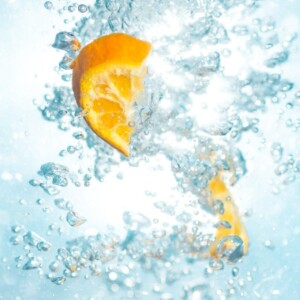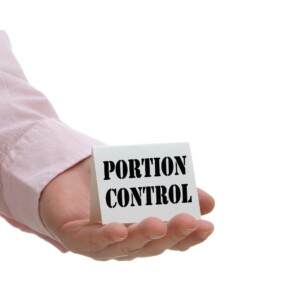
Membership Newsletter – Volume 15 March 2024
Welcome to Our March Edition! This Month’s Topic – Mercury In Fish…

Welcome to Our March Edition! This Month’s Topic – Mercury In Fish…

Monthly Newsletter – August ’23 Synthetic Food Dyes (And Their Risks To…

Monthly Newsletter This Month’s Topic: Handling Kitchen Knives Safely Knife Safety Tips…

Monthly Newsletter This Month’s Topic: Carbonated Water And Its Effects On Health…

Monthly Newsletter This Month’s Topic: Portion Control And Other Myths…Debunked! Why Diets…

Monthly Newsletter This Month’s Topic: Hydration A Message from Our Founder I…

This Month’s Topic: The Truth About MSG Monosodium Glutamate (MSG): Monosodium Glutamate…